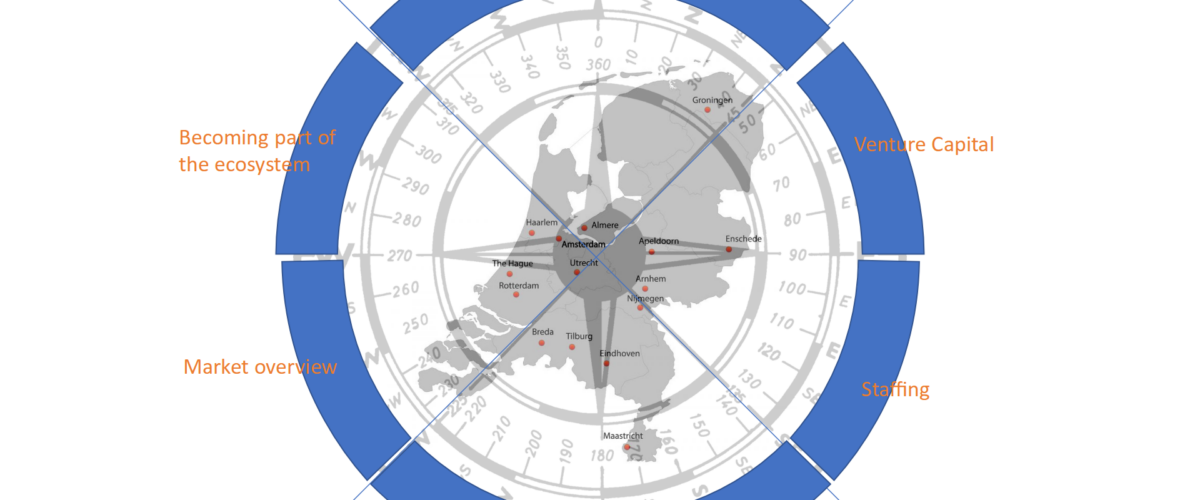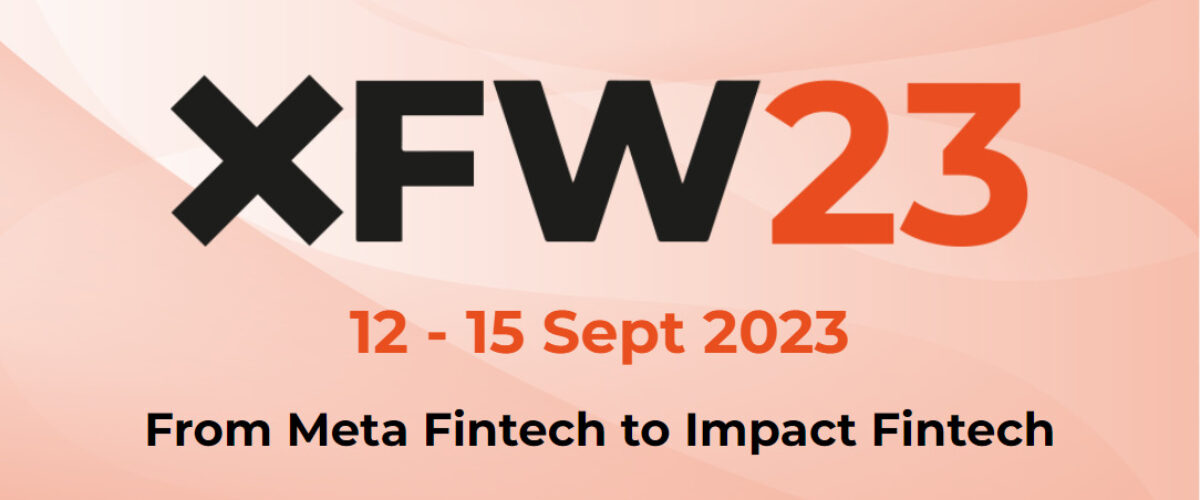With the ongoing digitization of banking, technology and systems have become ever more important. Technology drives the business capabilities and customer solutions, with a high impact on both the customer experience and operational efficiency.
The technology requirements are derived from the value proposition and key processes. Typically, the main requirements for digital banks are to accommodate real-time and 24/7 on-demand availability of services, flexibility and scalability of infrastructure, a 360-degree customer view on their profiles through leveraging data from various touchpoints, and efficient omnichannel stage management.
Traditionally, banking IT architecture was designed from a product perspective resulting in a product-oriented service approach. However, to be able to deliver a superior customer experience, digital banks ought to take a client-centric approach in designing their IT architecture. In this article, we dive deeper into the technological building blocks of a digital bank and provide you with some of our best practices when designing the IT architecture of a digital bank.
The different Layers in the IT architecture of a modern digital bank
Back-end: running on the core banking system
The back-end includes all back office-related processes, the core banking system (CBS) and client information. The back-end administers processes such as customer information, payment transactions, loan issuance, and deposits. The core banking system is the technological heart of a bank. Banks - both traditional and digital - typically leverage existing solutions from service providers as opposed to maintaining their own (proprietary) core banking systems.
In recent years a new generation of core banking system providers has emerged, more tailored to the needs of digital banking. Serving both fintech start-ups as well as incumbent banks, these modern providers typically offer more flexibility, scalability and interconnectivity at a significantly lower cost.
Modern core banking technology is cloud-native, enabling automatic scaling capacity, continuous development and software deployment, and instant creation of new environments via code. In addition, it offers a single view of the customer, separate from core banking platforms or data warehouses. This enables a more effective and personal customer experience, together with better insights into business and product performance. Furthermore, the technology is reusable across all channels, creating ‘product factories’ with clean, standardized integration.
Middleware: connecting the back-end, front-end and business applications
The middleware is the software layer that helps connect the back-end with the front-end and business applications. Middleware acts as a system orchestrator, connecting all layers and reducing the need to involve the core banking system in every single customer interaction. Technology providers like Backbase and BPC can provide such middleware and operating systems, including related business applications for payments, card issuing, real-time notifications and other services.
Front-end: providing the customer experience
The front-end is the visual layer through which customers interact with the bank, providing the customer experience. This includes, for example, mobile and online banking channels, together with third-party channels such as payment gateways, financial marketplaces, and ATMs. Digital banks can develop their front-end fully in-house and also in-source solutions from external software and BaaS solution providers who typically offer customizable white label solutions. The choice of in-sourcing depends on the level of customization required, timing, cost, and flexibility.
API layer: connecting internal and external applications
The API layer or integration layer is an alternative layer to connect with external third-party applications providers to seamlessly integrate their services. With the advent of open banking, composable banking and super apps, third-party integration has become an integral element of banking and has led to heavy API layer investments. The API layer also typically functions as a sandbox to test new services in an isolated environment. Third parties typically test responsiveness in the sandbox before moving on to full integration. Immediate availability of the API and clean and concise documentation is therefore important for optimal capitalization of (future) partnerships.
___
Read the full article here.


